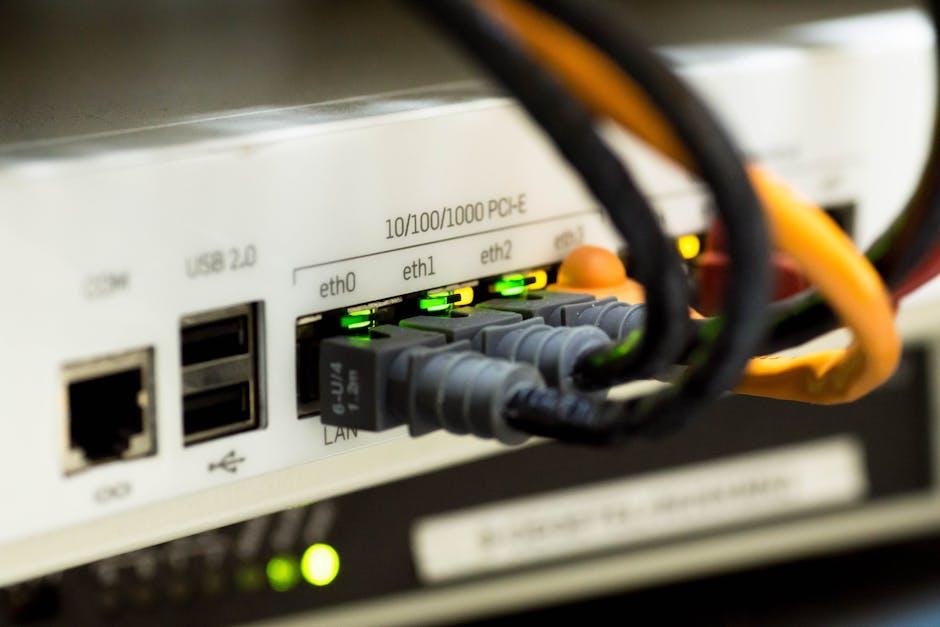In today’s digitally connected world, streaming has become an integral part of our daily lives, whether for entertainment, work, or education. However, with multiple devices vying for bandwidth, streaming issues such as buffering, lag, and poor quality can frequently disrupt our experience. Understanding how to optimize your network and manage device usage is essential for maintaining seamless streaming across all your gadgets. This article provides a comprehensive guide on how to avoid common streaming problems when using multiple devices, ensuring that you can enjoy uninterrupted content anytime, anywhere.
Optimizing Your Network for Multi-Device Streaming
Ensuring a seamless streaming experience across multiple devices requires strategic optimization of your network. Begin by evaluating your Wi-Fi router’s capabilities. A dual-band router with both 2.4GHz and 5GHz bands can effectively handle the load, reducing congestion and interference. For households with high streaming demands, consider upgrading to a tri-band router or one that supports the latest Wi-Fi 6 standard for improved bandwidth efficiency.
- Prioritize Devices: Use Quality of Service (QoS) settings to prioritize streaming devices over others, ensuring they get the necessary bandwidth.
- Optimize Placement: Place your router in a central location to maximize coverage and minimize dead zones.
- Secure Your Network: Limit unauthorized access by securing your network with a strong password and enabling network encryption.
For those with wired options, connect devices directly to the router using Ethernet cables for a more stable and faster connection. If wiring is impractical, consider powerline adapters or mesh Wi-Fi systems to extend coverage. Regularly updating your router’s firmware can also enhance performance and security, preventing potential streaming hiccups. By implementing these strategies, you can enjoy uninterrupted entertainment, regardless of how many devices are connected.

Choosing the Right Streaming Devices for Seamless Playback
When aiming for seamless playback across multiple devices, it’s crucial to select streaming devices that not only support your preferred services but also offer robust connectivity and processing capabilities. Consider devices that provide dual-band Wi-Fi support to ensure a stable connection, especially if your home network is crowded with other smart devices. Additionally, Ethernet ports can be a game-changer for achieving a more stable and faster connection, minimizing buffering and lag.
- Compatibility: Ensure the device is compatible with your TV’s resolution (e.g., 4K or HDR) and other hardware.
- User Interface: Opt for devices with intuitive user interfaces that facilitate easy navigation between apps and settings.
- Voice Control: Devices with integrated voice assistants can enhance user experience by allowing hands-free control.
- Processing Power: Devices with powerful processors handle multitasking better, providing smoother playback.
By choosing devices that align with these considerations, you can significantly reduce interruptions and enjoy a more immersive streaming experience across all your gadgets.

Managing Bandwidth to Prevent Buffering Issues
Balancing your network’s bandwidth is crucial when multiple devices are streaming simultaneously. Begin by identifying the bandwidth requirements of each device. Most streaming services have recommendations for optimal performance. Once you have this information, you can allocate your available bandwidth more efficiently. Consider adjusting your router settings to prioritize streaming devices or applications. Quality of Service (QoS) settings can be particularly helpful, allowing you to designate which devices should receive more bandwidth. This ensures that your primary streaming devices have the necessary resources to function smoothly.
Another effective strategy is to schedule streaming activities. If your household frequently streams content during peak hours, try to stagger usage times to reduce congestion. Additionally, ensure that your network equipment is up to date. Outdated routers may not handle high bandwidth demands effectively, leading to buffering issues. Simple steps like these can help in optimizing your streaming experience:
- Upgrade your router if it’s several years old.
- Use wired connections for devices whenever possible, as they provide more stable speeds.
- Disconnect idle devices from the network to free up bandwidth.
- Regularly check for software updates on your streaming devices.
By taking these measures, you can significantly improve your network’s performance and enjoy uninterrupted streaming across all your devices.

Adjusting Quality Settings for Smooth Streaming Experience
One of the most effective ways to ensure a seamless streaming experience across multiple devices is by optimizing the quality settings of your streaming service. Start by accessing the settings menu on your streaming app or device. Look for options related to video quality, which may include terms like “Auto,” “High,” “Medium,” or “Low.” Adjust these settings based on your current bandwidth and the number of devices connected to your network. A lower quality setting can significantly reduce buffering issues, especially when multiple users are streaming simultaneously.
Consider these practical tips to enhance your streaming quality:
- Set to ‘Auto’: Many services offer an ‘Auto’ option that adjusts the video quality based on your internet speed. This is ideal for maintaining a balance between quality and performance.
- Select ‘Standard Definition’ (SD): If HD streaming causes interruptions, switching to SD can improve playback smoothness without heavily compromising visual quality.
- Turn off unused devices: Reducing the number of active devices on your network can free up bandwidth, allowing for a better streaming experience.
By taking these steps, you can minimize disruptions and enjoy uninterrupted streaming, even in a busy household.
In Conclusion
ensuring a seamless streaming experience across multiple devices is achievable with the right strategies and tools. By optimizing your network setup, managing bandwidth effectively, and keeping your devices updated, you can minimize interruptions and enjoy uninterrupted entertainment. Additionally, being aware of your internet service plan’s limitations and adjusting your streaming habits accordingly can further enhance your experience. Implementing these practices will not only improve your current streaming quality but also prepare you for future technological advancements. Stay informed and proactive, and you’ll be well-equipped to tackle any streaming challenges that come your way.







































